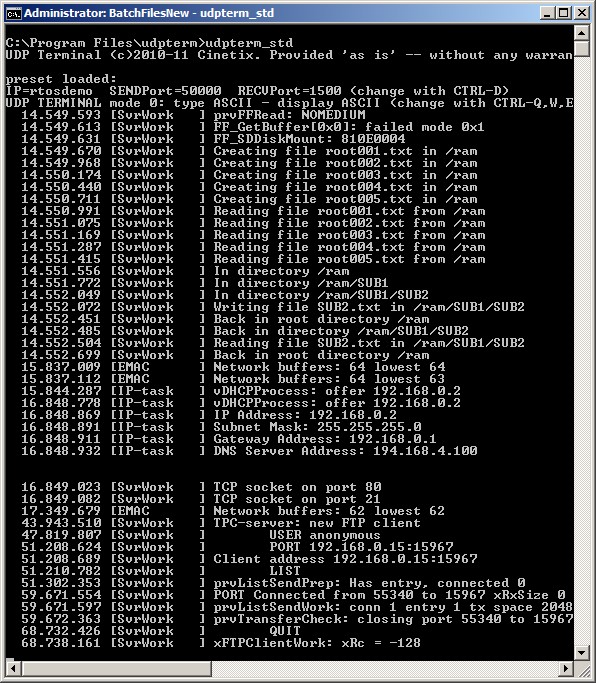


The program is another must have application by Nirsoft that makes life a little bit easier. 64-bit users need to download and run the 64-bit build of the application. Basically, any version of Windows from Windows 2000 on is supported by the application. TCPLogView is compatible with all recent and not so recent versions of the Windows operating system. This is done with a right-click on the program executable and the selection of run as administrator from the context menu. The program takes snapshots in regular intervals - not in real time - which means that it may miss some connections that are only open for a very short amount of time. Windows Vista and newer users need to run the program with elevated privileges for the information to be populated at all. You can save the current data as an HTML report for safe or record keeping, or further analysis at a later point in time. You find two files linked on the TCPLogView website for that purpose that you need to place in to the same folder as the program (unpack if it comes packed). You can add remote country information to the application but need to download an IP to country file for that. Other information such as the remote host name, local and remote port, process ID and name, and process path may also be displayed by the program. It begins to monitor the network connections from the moment it is started on the system.Įvery connection is listed with the date and time, type (open or close), local address and the remote address. TCPLogView on the other hand does not display anything in the interface until connections are being made. When you start CurrPorts on your system, you will immediately see a huge list of open ports listed in the interface. The main difference between both networking monitoring programs is that CurrPorts displays information about TCP/IP and UDP ports, while TCPLogView monitors opened TCP connections instead. TCPLogView may look very similar to CurrPorts on first glance.


 0 kommentar(er)
0 kommentar(er)
